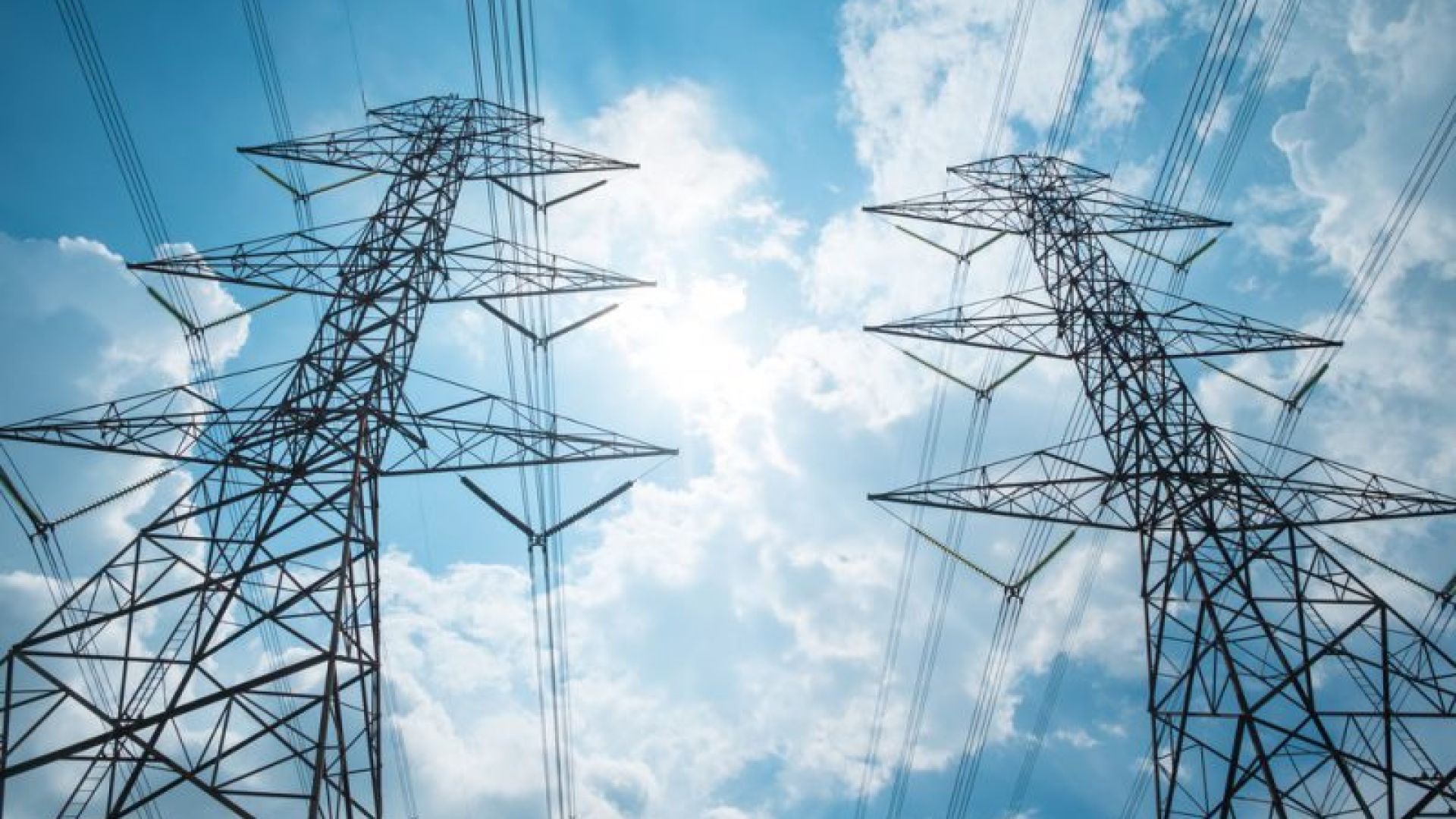On May 16, the Federal Energy Regulatory Commission (FERC) rejected the Midcontinent Independent System Operator (MISO) proposal to provide a fast-track interconnection queue for some generation resources to fulfill near-term needs. The vote was 2-1, with Commissioners Rosner and See providing concurring statements and Chair Christie providing a brief dissent.
SREA previously has written about MISO’s proposal, our concerns around how the near-term needs cited as a justification for ERAS are defined by MISO, and how the proposal could harm the current interconnection queue and consumers throughout MISO.
Shortfalls and the Need for Guardrails
In FERC’s rejection, they acknowledged the 4.7GW shortfall provided by the North American Reliability Council (NERC) that MISO stated they would have to address by 2028. However, they raised concerns about the ability of the ERAS proposal to address this stated need, or that it was a just and reasonable proposal to do so. The Clean Energy Associations (including SREA) which filed a protest to ERAS on April 7, have previously expressed skepticism about MISO’s stated shortfall, pointing out that 2.7GW of the stated is observing only the buildout rate in MISO from 2020-22, a period that relied on a much smaller queue.
Despite FERC’s acceptance of the 4.7GW shortfall number, their biggest concern was the fact that MISO’s ERAS does not have a cap on requests, and that this could lead to a queue that becomes backlogged under the weight of too many requests. A protest filed by the Independent Power Producers in MISO had warned of this scenario in their original filing, stating that MISO did not provide necessary guardrails to limit the amount of projects in the ERAS queue like neighboring PJM and CAISO, RTO’s which recently proposed a similar fast-track interconnection process. Without guardrails capping the amount of MW’s in an ERAS cycle, there could be significant delays in the ERAS queue process, which would undermine the purpose of the proposal.
In the end, FERC Commissioner Rosner perceived this as a fatal flaw to the ERAS proposal. Rosner stated, “I concur in this order rejecting MISO’s ERAS proposal because I fear that the proposal risks replicating the same backlogs and delays plaguing MISO’s existing generation interconnection queue, which are what put MISO in its current situation in the first place.”
FERC Commissioners Weigh in on State Certification Process for ERAS Requests
The second biggest complaint from FERC Commissioners on MISO’s ERAS, was that the stated need from a state regulator for a project to be accepted into an ERAS cycle was not strict enough.
In Commissioner See’s concurrence, she writes that, “ERAS goes beyond appropriate respect for the States’ roles in resource adequacy issues and outsources the expedited study selection process altogether.” See further explains that under MISO’s ERAS, Relevant Electric Regulatory Retail Authorities (RERRAs, oftentimes state Public Service Commissions) do not need to compare similarly situated generation projects, or how some projects would be considered more fit than others - all that’s required is a notification that a generation project is being considered in a state proceeding. Finally, the issue of certification of need not being required by MISO for ERAS submissions is viewed as problematic as well. In See’s words, “When the rest of the proposal is silent about how RERRAs will go about their selection task, its insistence that need determinations are not on the table adds more question marks about how projects are selected.”
It’s important to recognize that MISO’s ERAS proposal before FERC provided a competitive advantage for natural gas power plants proposed by utilities that do not have to go through a competitive bidding process. In some jurisdictions, ERAS would effectively allow utility proposed projects to jump to the front of the line for grid connection. Right now, just 9,189 MW of natural gas power plants are in the MISO queues, and the various utilities are trying to figure out a way to jump in front of the already-existing 246,656 MW of renewable energy projects that are in the MISO queue. Without jumping the queue (via ERAS), the utilities’ natural gas plans would have to wait in line, just like every other generation resource.
MISO has many states with vertically integrated regulated utilities as well as others that are not, where the role of state regulators are very different, for example, from those in Arkansas or Mississippi. In the latter states, under ERAS, recent legislation has all but greenlit proposed generation for new load additions like hyperscaler data centers Amazon in Mississippi, Google in Arkansas and META in Louisiana. The actual fitness of a project to serve a need-based on cost competitiveness compared to other options is not part of the equation in MISO’s ERAS.
In one sense, the ERAS fast-track relies on regulatory approval from the state PSCs; however, in Arkansas and Mississippi, those states have effectively removed PSC oversight for some types of new generation, creating a potential quagmire for new power plants officially entering into ERAS. Arkansas’ recently approved Act 373, the Generating Arkansas Jobs Act of 2025, includes many exemptions from state PSC review for “strategic investments” by the the state’s utilities. The new law creates an exemption from PSC oversight requiring a certificate of environmental compatibility and public need (CECPN) for any new electric generation or transmission line, provided that a utility submits "notice to the commission of its intent to construct to recover any strategic investment."
Similarly, Mississippi’s SB2001 explicitly excludes the PSC from review of a pricing contract between Entergy and the new Amazon data center, stating, "No approval by the commission of such agreement shall be required." The legislation relegates the PSC oversight as "for informational purposes only." Competitive bidding requirements are also waived.
Chair Christie’s Dissent
FERC’s Chair Commissioner Mark Christie disagreed with his colleagues, stating that while he understands their concerns, “One thing we know with no need for further proof: This country, including MISO, is heading for a reliability crisis caused by early retirements of dispatchable resources coupled with the failure to construct sufficient equivalent capacity, all while demand rises at an unprecedented pace largely driven by data center growth.” The challenges are considerable, but the scale of the problem is changing, and analysis of comparable options seems like it could be an appropriate hedge on changing dynamics like overstated demand. Christie stated further that he is “willing to give both MISO and the states the benefit of the doubt under section 205 of the Federal Power Act as to these additional details, particularly given that the states in MISO themselves are broadly supportive of this ERAS filing.”
What’s Next?
The rejection of MISO’s ERAS proposal is just the first step in MISO developing ERAS 2.0. FERC’s determination states the shortcomings of MISO’s ERAS proposal, and also calls on MISO to re-file. However, the next iteration of ERAS will likely need to come with stronger guardrails to ensure that an ERAS queue doesn’t become an additional bottleneck for much needed new generation in the MISO footprint. In MISO South alone, there are competitive options that can be built quickly in MISO’s queue.
MISO’s next ERAS proposal could be greatly improved by requiring more thorough consideration of projects in MISO’s later queue phase, which are nearing Generator Interconnection Agreements (GIA’s). In the final stage of MISO South’s queue (Phase 3), 3,688MW’s of Hybrid Solar + Storage projects could provide much needed firm capacity to the region. According to MISO, interconnection agreements for these projects could be issued as early as October 30 of this year. By improving the RERRA notification needed for ERAS to include a comparison of interconnection projects in late stages with other proposed solutions, it could ensure that least cost, best solutions are put forward for ERAS inclusion.
While there are clear arguments from Commissioners See and Rosner against MISO’s RERRA notification process and the lack of a MW cap, it will take discussions between MISO and stakeholders, as well as with state regulators, to develop an improved ERAS proposal. While SREA still supports improving MISO’s PGIA process, we are eager to dive into discussions on a new and improved ERAS proposal in coming months, to find an equitable solution for expedited generation requests.





